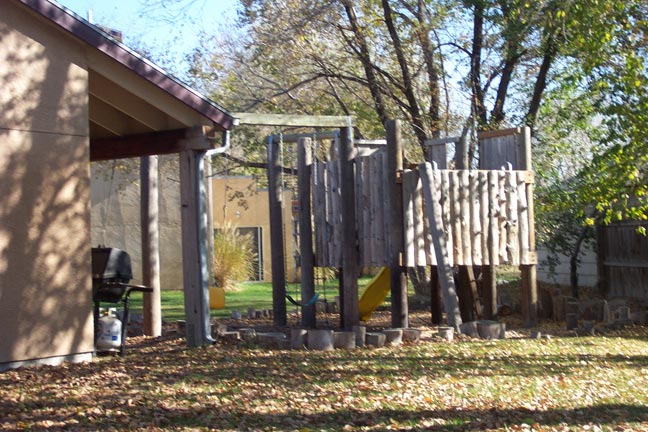

Wasatch Commons is legally structured as a condominium. Most units are owned by the resident(s) living in them.
No. We are not an income-sharing community. Residents have their own private living areas.
The only shared ideology is a desire to be part of a community. We have residents from many different religions and with no religion at all.
Although we are concerned about environmental issues, sustainability, and self-sufficiency, and the community has many environmentally friendly features, we are not an ecovillage.
No, we are legally structured as a condominium.

Cohousing is based on the Danish bofæ llesskab ("living together") communities. The first of these were started in the late 1960s, when groups of families led by architect Jan Gudmand-Hoyer and by journalist Bodil Graae got together, acquired sites, and built the communities of Saettedammen and Skraplanet, completed in 1973. Several hundred bofællesskaber now exist in Denmark, and many of the movement's concepts have been integrated into ordinary Danish housing.
After visiting several bofællesskaber, a pair of American architects, Kathryn McCamant and Charles Durrett, coined the word "cohousing" as a translation for the Danish term and wrote a book describing the communities. Several already existing or forming American intentional communities adopted the cohousing model - bringing the concept full circle, since Gudmand-Hoyer had been influenced by American intentional communities of the 1960s! More communities followed, as people read the book, decided this was an answer to the isolation and fragmented social ties of modern life, and formed groups to build their own communities.
Arrange for a tour. Talk to residents. Come for a meal. Attend a community meeting. Read a book on cohousing. Join the international cohousing listserv, cohousing-L, and learn what's good and not-so-good about cohousing. Sometimes rentals are available; rent for six months and then decide.
There are over one hundred cohousing communities in the U.S. Each one is different. If one community isn't a good fit, you might find another that suits you better. See Related Links.
Cohousing is not for people who don't want to be involved in their neighbors' lives. All the interaction means you frequently learn a great deal about each other. People who don't know how to set personal boundaries can find cohousing overwhelming.
Jointly owned property means joint decisions, and participatory decision-making frequently takes time and a great deal of discussion.
Cohousing requires consideration of others. The clustering of the homes increases the impact that each resident's behavior has on other residents. Noise, unruly kids, or roaming pets can be a source of friction. Different parenting styles can become an issue.
Cohousing tends to offer ample opportunities for personal growth. Cohousing requires patience, a willingness to compromise and see others' viewpoints, and a commitment to working things out.
You don't need to excel at these virtues to consider living in cohousing – but you need to be willing to work on them.